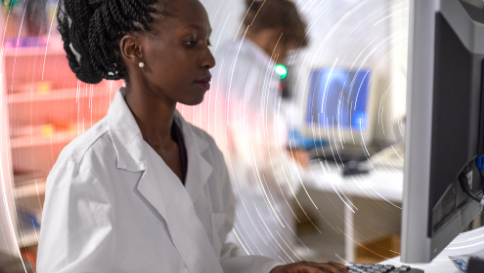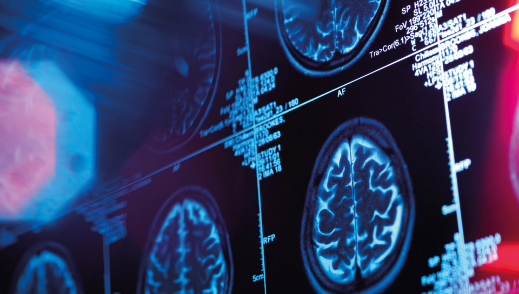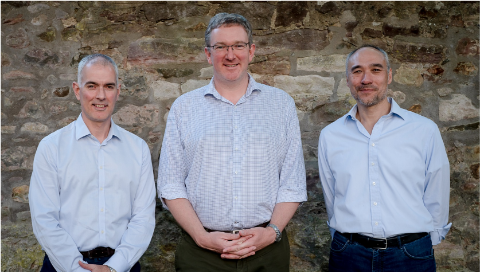Blackford Analysis
Dramatic decline in imaging volumes means time to plan for the future.
The coronavirus pandemic has significantly impacted radiology departments across the United States. While imaging is not routinely indicated for a screening of COVID-19 itself, chest X-ray and computed tomography have had a role to play in quantification and monitoring of the disease. As we move into the management phase of the pandemic we can expect to see yet another shift in the demands on the radiology department. Despite any COVID-related increases, it is estimated that radiology procedure volume in the U.S. is down by more than 50%, and this “quiet time” is being used to plan for the future. Planning ahead may seem difficult when there is still so much uncertainty about what the future will hold, with staff shortages and financial constraints likely to be significant factors. However, the need for imaging has not simply gone away with the pandemic – in fact, demand is likely to spike as the world returns to its new normal. It is widely expected that imaging volume will return to pre-pandemic levels, but this will be compounded with the addition of delayed studies and potential COVID-19 follow-up imaging. The backlog from studies that were postponed, not cancelled, will be significant – from regular follow-ups for cancer and long-term health conditions to screening programs such as those for breast and lung cancer. The stage is set for radiology departments to become busier than ever before during the post-COVID period. Imaging AI applications can make a significant impact for organisations dealing with an unprecedented volume of studies. Imaging AI can help drive increased scan throughput by reducing scan time and increasing the number of imaging studies performed each day or allow for appropriate spacing of appointments to provide for personal distancing. Many applications also help improve reporting efficiency, which can help meet increased demand without having to increase working hours. Finally, AI can help divert patients from workflows with a greater backlog such as interventional workflows to imaging workflows in which efficiencies may be more easily gained. In our next blog, we will look at some of the specific AI applications that are available for specific studies and screening programs, and how a platform approach can allow radiology departments to quickly benefit from multiple applications. Read it here. Want to know even more? Check out our SIIM 2020 presentation where Blackford CEO Ben Panter and our partners from CorTechs Labs, Icometrix, Subtle Medical, and VIDA discuss how to best deal with the post-COVID-19 imaging surge:











